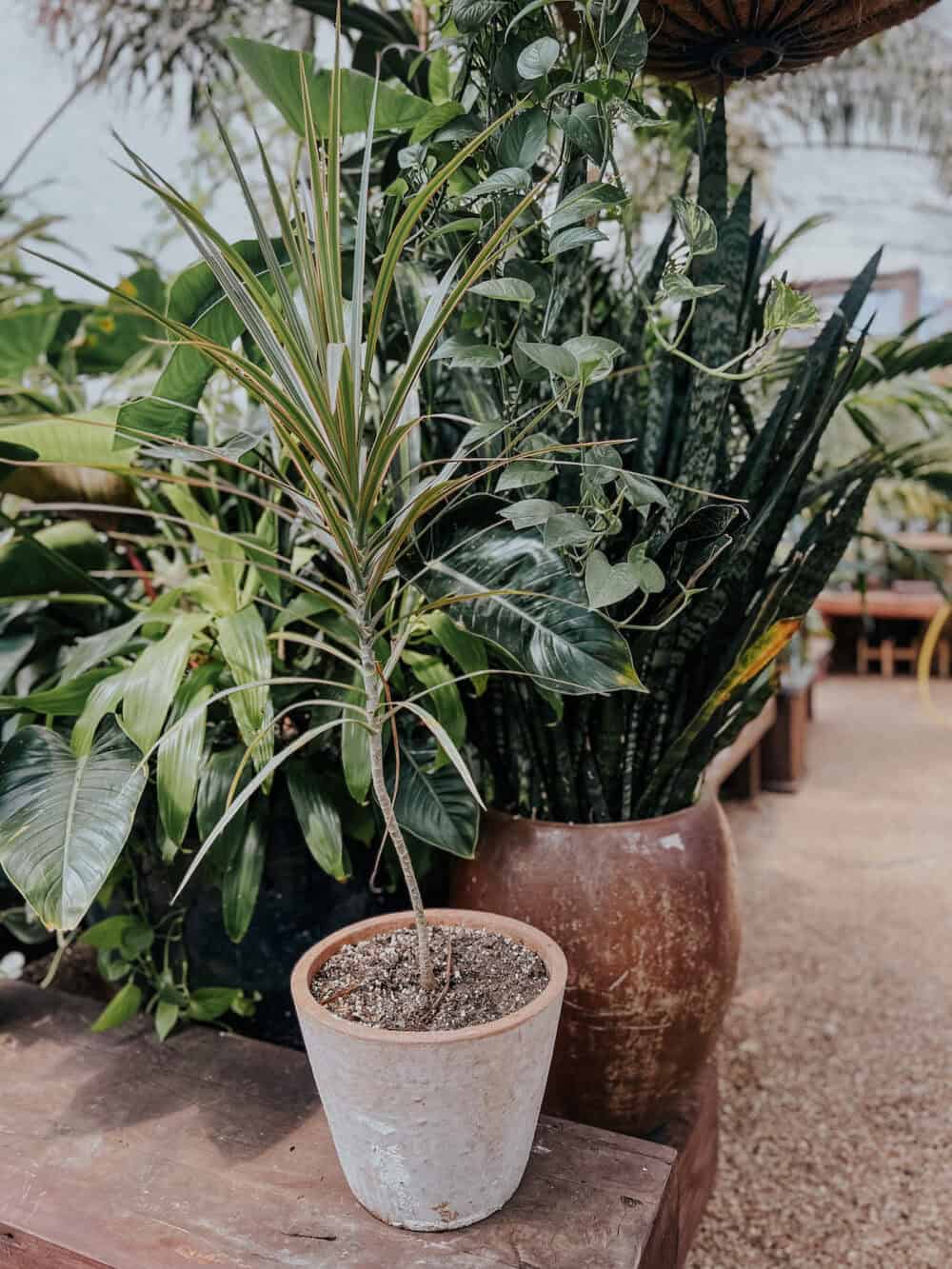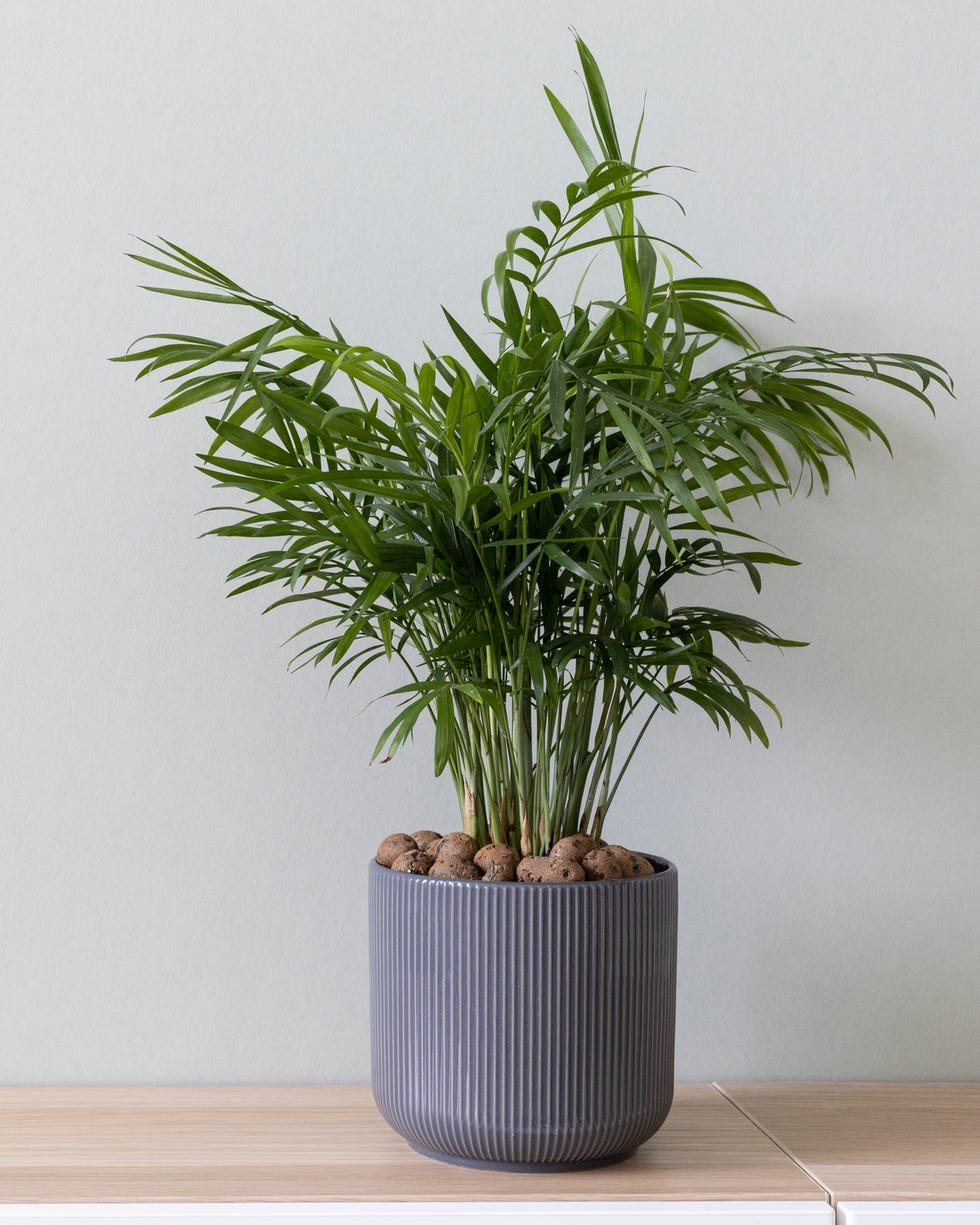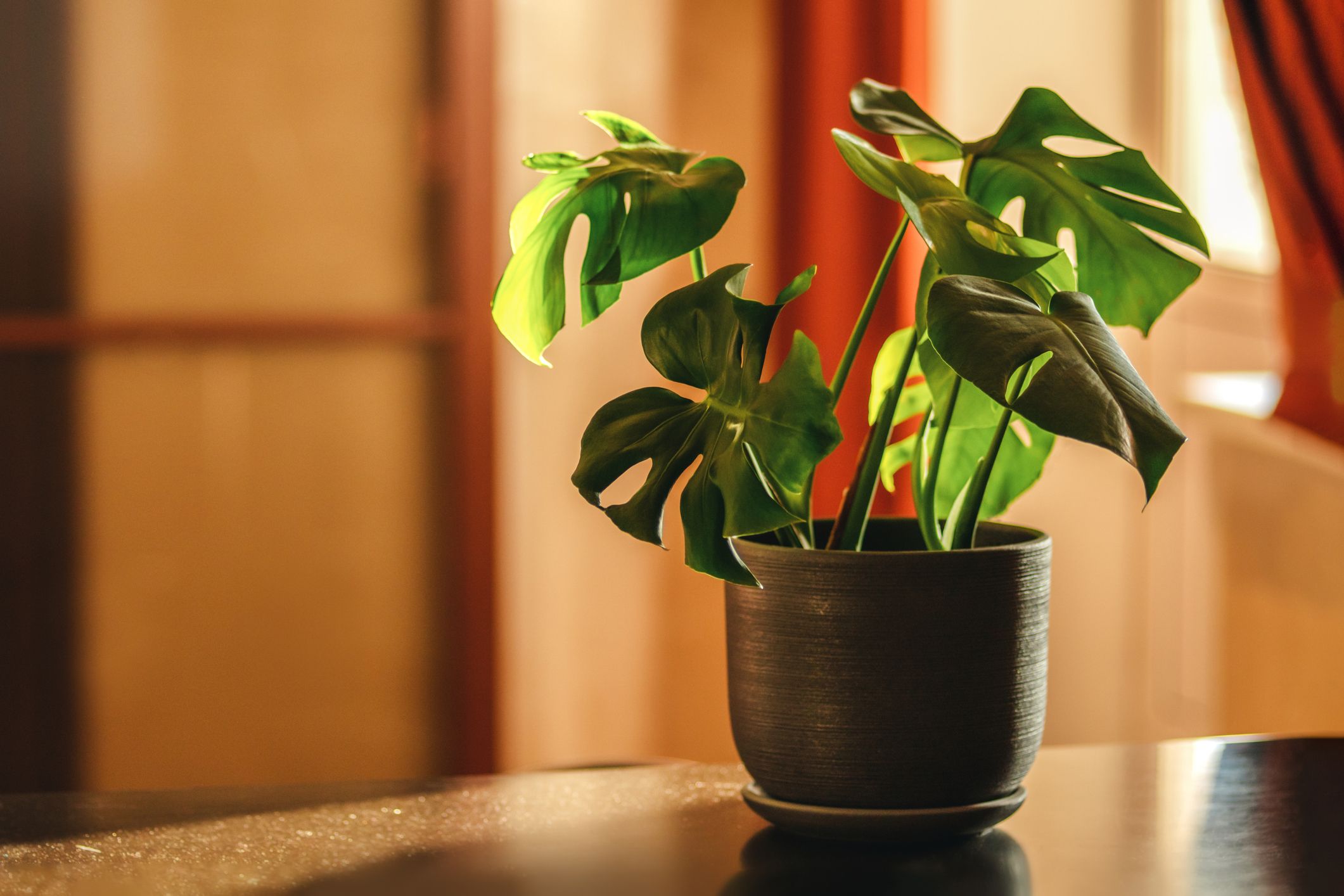The Best Low-Light Indoor Plants to Improve Your Home’s Air Quality
The Best Low-Light Indoor Plants to Improve Your Home’s Air Quality
Blog Article
Transform Your Home With Beautiful Low-Light Indoor Plants and Their Benefits
Integrating low-light interior plants into your home can significantly improve both the aesthetic and environmental quality of your living rooms. These plants, which prosper in dim conditions, serve not just as decorative components yet additionally as all-natural air purifiers, making them suitable for metropolitan residents or those with limited sunlight direct exposure. As we discover the numerous kinds of low-light plants and their advantages, you may discover unusual methods to incorporate them right into your home that can change your environments in methods you could not have anticipated.
Benefits of Low-Light Plants
Low-light plants use numerous advantages for interior settings, making them an outstanding selection for both novice and knowledgeable gardeners. Among the main advantages is their versatility to low-light problems, permitting people to enhance their home without the demand for considerable sunlight direct exposure. This particular makes them suitable for apartment or condos, offices, and other locations with limited all-natural light.

In addition, incorporating low-light plants into home decor can boost the aesthetic appeal of a space. Their lush foliage and varied structures develop a relaxing ambience, contributing to general health. Finally, the visibility of greenery has been connected to minimized stress and anxiety degrees and boosted performance, making low-light plants a sensible selection for enhancing both psychological and physical health in indoor setups.
Leading Low-Light Indoor Plants
While several interior plants flourish in bright light, numerous species are specifically fit for low-light problems, making them suitable for numerous indoor spaces. One popular option is the Serpent Plant (Sansevieria), known for its striking upright leaves and strength, calling for minimal care. One more superb option is the Pothos (Epipremnum aureum), which includes heart-shaped fallen leaves and can route wonderfully from racks or wall mounts, thriving in low light and adding a rich touch.
The ZZ Plant (Zamioculcas zamiifolia) is celebrated for its glossy leaves and capability to hold up against neglect, making it perfect for busy way of lives. Likewise, the Tranquility Lily (Spathiphyllum) not just endures reduced light yet also creates magnificent white flowers, improving any kind of room's aesthetic.
For an one-of-a-kind touch, consider the Cast Iron Plant (Aspidistra elatior), which certainly lives up to its name, thriving in the darkest edges of your home. The Chinese Evergreen (Aglaonema) provides a variety of fallen leave patterns and colors while being extremely forgiving in low-light problems. These plants not only beautify interior settings however also add to air filtration, boosting your living area.
Treatment Tips for Low-Light Plants

Watering methods are essential; these plants often prefer a little completely dry conditions. Overwatering can result in root rot, so make sure that the top inch of soil is dry prior to watering once again. Usage pots with drainage holes to permit excess moisture to get away.
Moisture is another crucial factor. Numerous low-light plants, such as brushes and tranquility lilies, gain from higher moisture levels. To boost moisture, consider misting the leaves or positioning a tray of water near the plants.
Fertilizing should be approached with care. Throughout the expanding period, use a watered down, well balanced fluid plant food monthly to support development, yet stay clear of feeding throughout the dormant winter season.

Creative Ways to Present Plants
Interior plants can serve as fascinating anonymous centerpieces in any area, enhancing both aesthetic appeal and ambiance. Creative displays can elevate the aesthetic influence of low-light plants, making them an essential part of your home decor. One effective method is to use tiered plant stands, which allow you to display numerous plants at differing heights while maximizing flooring room.
Hanging planters are another cutting-edge alternative, developing a sense of depth and drawing the eye upwards. Take into consideration macramé wall mounts or wall-mounted racks to present a special structure and style.
For an extra organized strategy, usage geometric terrariums or glass containers to house your plants, adding a contemporary touch to your indoor garden. You can additionally repurpose classic items, such as teacups or wooden pet crates, for a diverse screen that reflects your individuality.
Enhancing Home Setting With Plants
Integrating low-light plants right into your home not just enhances aesthetic charm yet additionally contributes considerably to the total ambiance. These plants function as natural decor components, introducing a feeling of serenity that can change any type of area. The existence of plant promotes a calming environment, which is particularly helpful in high-stress atmospheres such as office or living spaces.
Low-light plants, such as serpent plants, pothos, and ZZ plants, are not only visually pleasing yet also boost indoor air high quality by filtering system contaminants. This twin function boosts the ambiance further, producing a much healthier space (Best low-light indoor plants). The calculated positioning of these plants can also affect the assumption of space; for example, high plants can draw the eye up, making ceilings appear higher and spaces more roomy
In addition, varying structures and shades of vegetation add depth to interior decoration, permitting for creative expression in home styling. Whether here are the findings put on racks, in edges, or as focal points, low-light plants can boost the state of helpful hints mind of any space. In summary, integrating these plants right into your home is a reliable way to foster a warm, inviting environment while profiting of boosted air quality and aesthetic convenience.
Conclusion
Incorporating low-light interior plants into home settings offers many advantages, consisting of boosted aesthetic allure and improved air top quality. These resilient plants, such as the Snake Plant and Tranquility Lily, need very little light and upkeep, making them appropriate for varied way of lives. Their capacity to filter contaminants adds to a much healthier space, while their varied textures and colors enhance indoor decor (Best low-light indoor plants). Eventually, the addition of low-light plants promotes a tranquil and welcoming setting, changing any home right into a serene sanctuary.
While lots of indoor plants prosper in bright light, numerous types are particularly appropriate for low-light conditions, making them ideal for numerous indoor rooms. One effective approach is to utilize tiered plant stands, which permit you to showcase numerous plants at varying elevations while optimizing floor area.
Low-light plants, such as serpent plants, pothos, and ZZ plants, are not only aesthetically pleasing however also improve indoor air high quality by filtering contaminants. Best low-light indoor plants. The strategic placement of these plants can likewise affect the understanding of area; for circumstances, high plants can draw the eye up, making ceilings show up greater and rooms much more sizable
These resilient plants, such as the Snake Plant and Peace Lily, need marginal light and maintenance, making them suitable for diverse way of livings.
Report this page